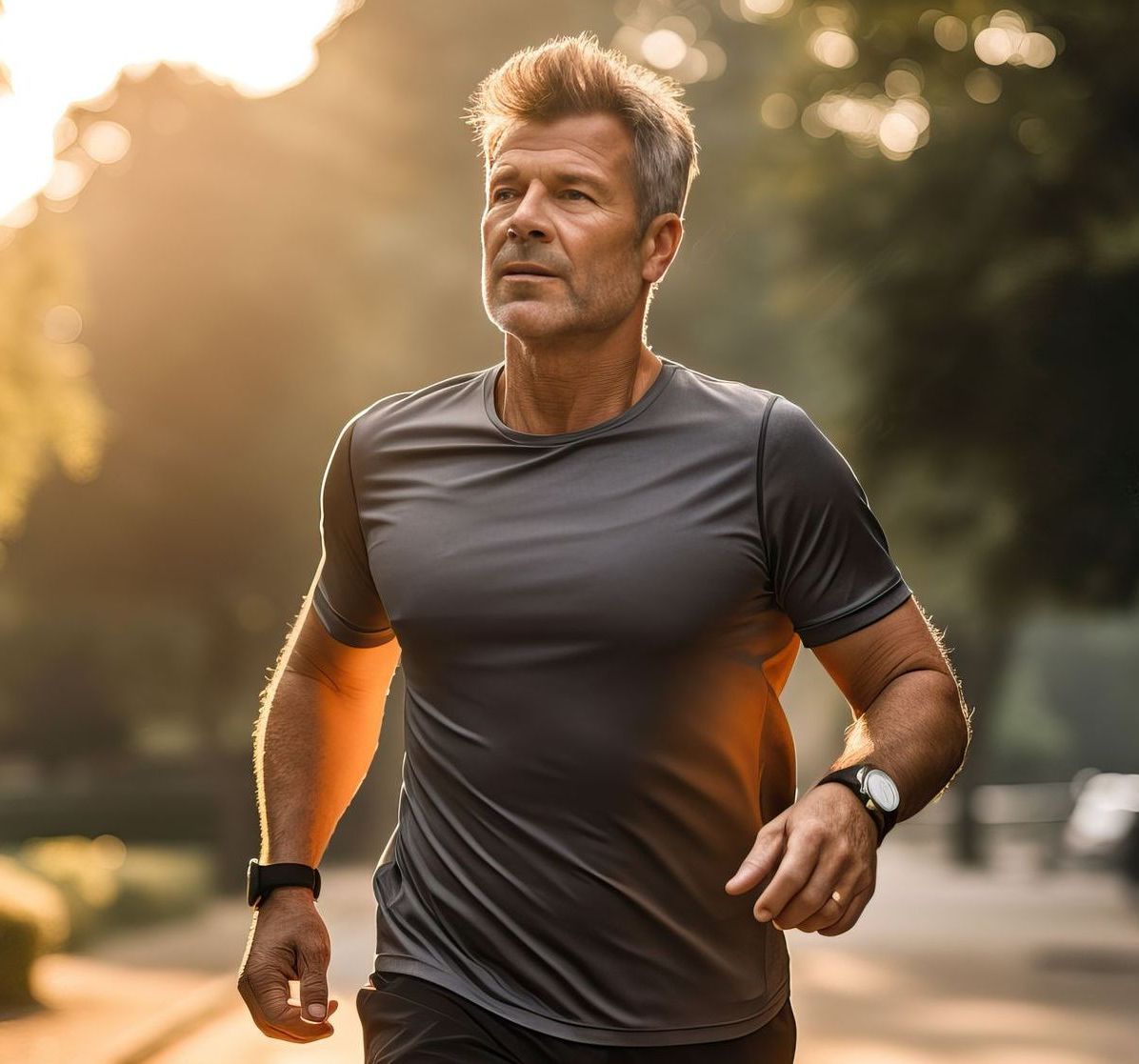Exercise for Longevity: Why Movement is Key to a Longer Life
When it comes to living a long, healthy life, regular exercise is one of the most powerful tools at your disposal. Whether you're in your 30s, 50s, or beyond, staying active plays a crucial role in slowing the aging process, reducing chronic disease risk, and boosting overall well-being.
At Marshall Medical Group, we often tell our patients: you don’t need to be an athlete to benefit from movement—just move regularly, and move with purpose. Let’s take a closer look at how physical activity supports healthy aging and which exercises are most effective for promoting longevity.
The Science: How Exercise Supports Longevity
Research has consistently shown that regular physical activity is associated with longer lifespan and improved healthspan—the number of years lived in good health. People who exercise regularly have a lower risk of:
- Heart disease
- Type 2 diabetes
- Stroke
- Certain cancers
- Cognitive decline and dementia
- Depression and anxiety
Exercise also helps preserve muscle mass and bone density, which naturally decline with age. This is key for preventing falls, fractures, and frailty in older adults—major factors that affect independence and quality of life.
A 2018 study published in The Journal of Aging Research found that even moderate-intensity exercise, like walking or gardening, can significantly reduce the risk of premature death.
The Best Types of Exercise for Longevity
1. Walking: The Ultimate Longevity Exercise
Walking is simple, low-impact, and highly effective. Just 30 minutes a day can improve cardiovascular health, maintain a healthy weight, and enhance mood. It’s also easy to stick with—making it ideal for long-term wellness.
Pro tip: Try brisk walking for an added cardiovascular boost, or walk with a friend for social connection (another longevity booster!).
2. Strength Training: Preserve Muscle and Bone
After age 30, adults lose 3–8% of muscle mass per decade. Strength training helps reverse this trend, keeping your muscles strong, your metabolism active, and your bones resilient.
Aim for two sessions per week of resistance training using body weight, free weights, resistance bands, or machines. Strength training has been shown to:
- Improve balance and mobility
- Reduce risk of osteoporosis
- Prevent age-related muscle loss (sarcopenia)
3. Yoga and Flexibility Work: Keep Your Body (and Mind) Agile
Yoga isn’t just about stretching—it’s a powerful tool for promoting longevity. It improves:
- Flexibility and balance (which prevent falls)
- Joint health
- Stress reduction and mental clarity
- Respiratory function
Gentle forms like Hatha or restorative yoga are excellent for older adults or those new to fitness.
4. Cardio Workouts: Support Your Heart and Brain
Aerobic exercises like swimming, cycling, dancing, or hiking help maintain a strong cardiovascular system and support brain health by improving circulation and oxygen flow. Just 150 minutes of moderate cardio per week is enough to make a difference.
Making Movement a Lifelong Habit
The key to longevity is consistency, not intensity. You don’t need high-intensity interval training or marathon runs to see benefits. The most effective exercise plan is one that fits into your lifestyle and brings you joy.
Tips to Get Started:
- Set small, achievable goals (like 15 minutes a day)
- Mix it up to keep it fun and avoid injury
- Work with a healthcare provider to create a personalized plan
- Listen to your body—rest is part of healthy movement too!
How We Support Movement for Longevity at Marshall Medical Group
At Marshall Medical Group, we’re committed to helping you build a health strategy that includes
safe, effective physical activity—no matter your age or current fitness level. Whether you're recovering from an injury, managing a chronic condition, or just want to live longer and feel better, we’ll guide you toward a movement plan that works for you.










